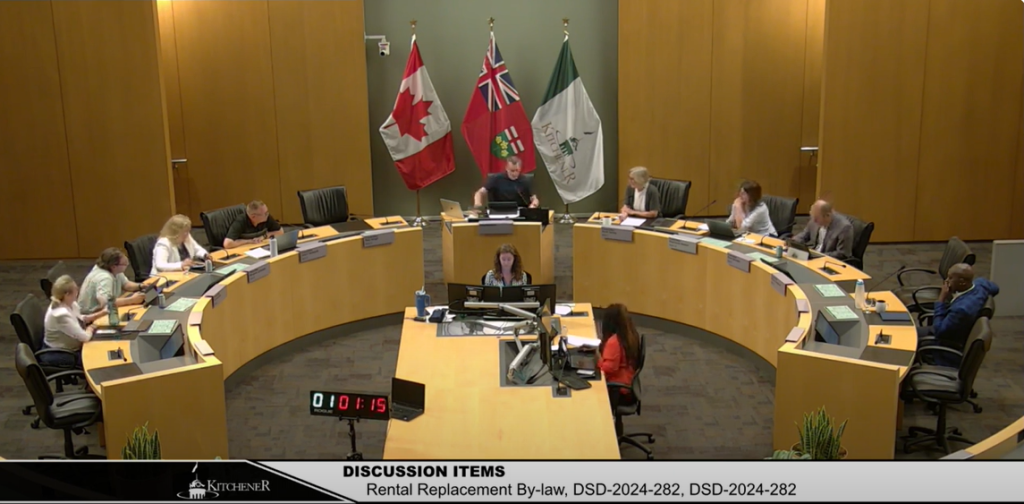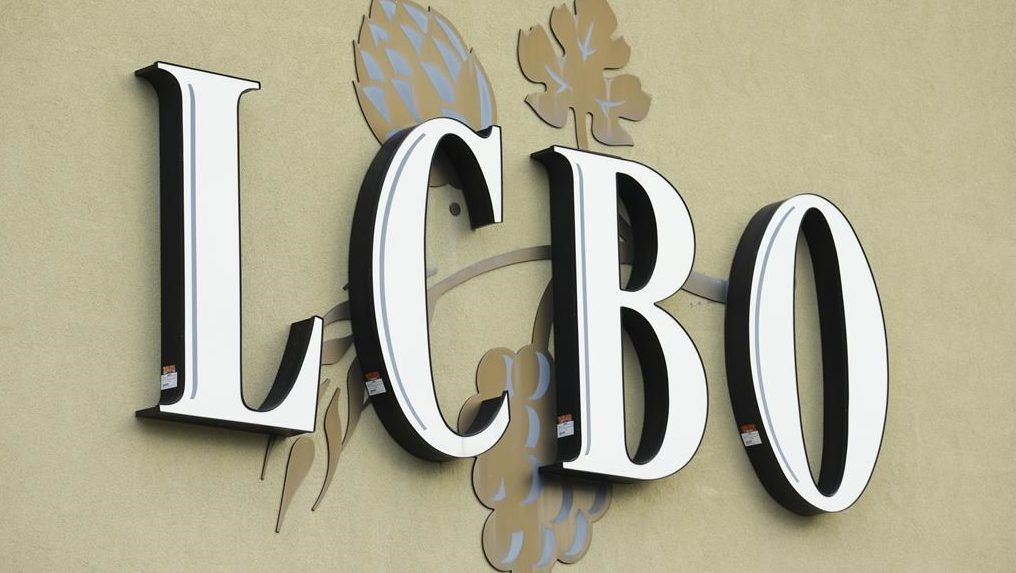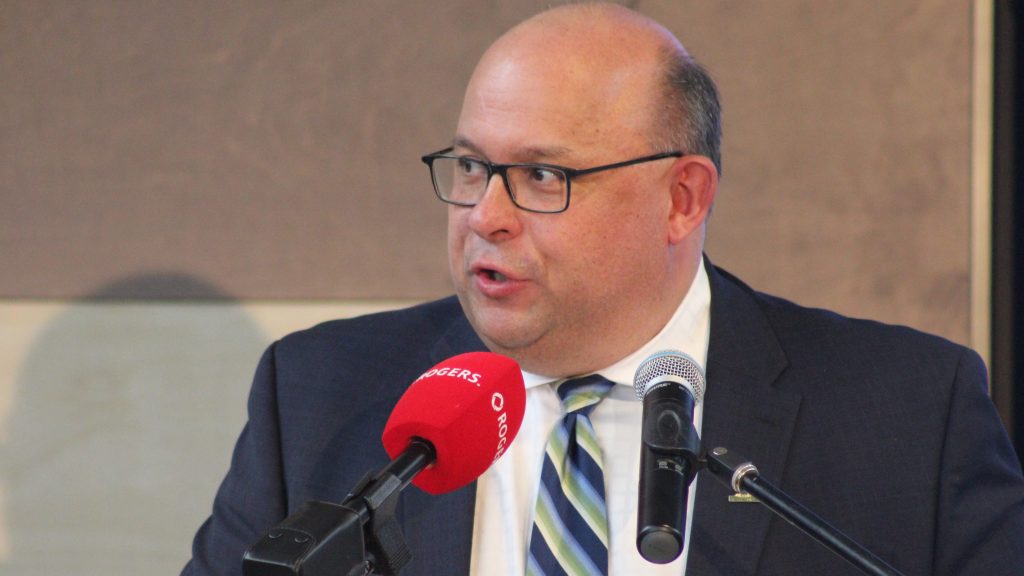Stop gas expansion for home heating or risk leaving ratepayers on the hook: report

Posted Jun 13, 2024 04:00:15 AM.
Last Updated Jun 13, 2024 04:10:10 AM.
TORONTO — Provinces must stop natural gas expansion and invest in electrification to keep home heating reliable and cost-effective, a new report says, suggesting ratepayers and governments could otherwise be on the hook for billions of dollars in underused and overbuilt gas infrastructure.
The Canadian Climate Institute report says for the country to hit its target of net-zero emissions by 2050, there needs to be a dramatic increase in electric-based building heat and a declining use of gas, “starting right away.”
“The stakes are high: a passive, reactive policy approach is a recipe for higher emissions, higher costs, or both,” said the report published Thursday.
Regulated gas utilities make their money from the infrastructure they install, rather than the gas they sell, the report said. So they have a major incentive to pursue an expanded system.
But expanding gas systems in the face of a pressing energy transition risks turning that infrastructure into stranded assets down the road, while putting an unfair burden on other sectors to help make up the difference towards Canada’s climate goals, the report said.
“Even though this transition will occur over decades, action is needed now. Delay and continued inertia are risky,” said Jason Dion, a senior research director and report co-author.
Yet, gas expansion continues, in part because it’s often treated as the default option for new buildings, the report said. At the same time, many provinces have failed to legislate their climate targets or provide regulators with the power or direction to keep utilities in check with those targets.
Gas utilities across Canada added about 778,000 new customer accounts to their networks between 2013 and 2022, the report said. Utilities in British Columbia, Saskatchewan and Manitoba have collectively added 10,000 kilometres of new pipeline to their networks over that time.
The report suggests the most cost-effective path to hitting net zero emissions by 2050 would see electricity become the dominant energy supply for home heating. That transition would be led by uptake in the use of heat pumps, sometimes paired with a backup gas furnace.
The report forecasts a dramatic drop in gas usage to heat buildings in the future. In Ontario, it would mean a drop of 89 to 98 per cent from today’s levels, or up to 87 per cent in Alberta.
And while the electricity sector has been the “poster child” of emissions reductions in Canada, the report said, it needs to see rapid expansion to keep up with demand.
“Provincial governments must equip regulators to face the new challenges of the energy transition head on. We must start turning this ship as soon as possible given customers will still be paying for new pipes laid today in 2050,” said Kate Harland, the report’s lead author.
Just over half of Canadian households use forced air furnace as their primary heating system, while one-quarter use baseboard heaters, according to 2021 data from Statistics Canada. Just six per cent use a heat pump, though the federal government has spent billions on green home renovation grants in a bid to increase that number.
Buildings is one of three sectors of Canada’s economy to see emissions increase since 2005, alongside agriculture and oil and gas. Homes and buildings account for about 13 per cent of national greenhouse gas emissions, due to fossil fuel combustion from space and water heating, the federal government says.
Ontario offers a case study in what can happen when regulators try to make decisions about the energy transition without clear policy direction on the gas system, said Dion, the institute’s senior research director.
Ontario passed legislation last month to overrule its own independent energy regulator’s decision on natural gas connections, a move slammed by environmental groups as a setback on clean energy.
The Ontario Energy Board ruled in December that building developers, not ratepayers, should shoulder the costs of new gas connections.
The ruling said Enbridge had failed to show how its long-term plan for new infrastructure properly accounted for the energy transition. The regulator called the plan unreasonable because it assumed every new housing development would include gas servicing and that homebuyers will stay on gas for 40 years.
Writing off that connection cost to customers over 40 years creates a risk of stranded Enbridge assets, the decision said, since some customers will inevitably get off natural gas over that time. Enbridge would then try to recover those costs through increased rates to its remaining customers, prompting more of them to leave the system and potentially setting off escalating price hikes or “utility death spiral,” the ruling said.
The customers most at risk of getting stuck in that cycle of escalating rates are those without the means to switch off gas in the first place, the institute’s report said. Governments may be put at risk of paying billions of dollars to utility shareholders for the underused gas infrastructure.
The Ontario’s energy regulator, Dion said, had to make its decision “in a bit of a vacuum” as the province had provided no clarity on the future of the gas system and its role on the path to net zero.
“Policy is the missing piece here,” he said.
While the Canadian Climate Institute’s report calls for a stop to gas expansion, the question of what governments should do with their existing systems is more complicated, Dion said.
The authors pointed to a collaboration between Quebec’s electricity and gas utility as one possible stepping-stone to electrification. The agreement would see existing gas heating systems converted into those supplied by both electricity and natural gas, or what’s known as hybrid heat, where homes are heated by electricity but gas lines can kick in during high-demand cold snaps.
But the report also notes hybrid systems have their shortfalls since it would require an ongoing incentive for customers to stay connected to a gas network they use for only very low volumes of fuel during peak periods.
The report recommends provinces require gas utilities to map their networks, including the age and condition of each of their lines, to help them plan and manage the energy transition.
“The critical thing is that we change our approach to expansion of the gas network, further expansion, and then we start to think very seriously about how we’re going to deal with (what’s) existing,” Dion said. “And we do that by first mapping so we understand when our big decisions will be.”
This report by The Canadian Press was first published June 13, 2024.
Jordan Omstead, The Canadian Press








